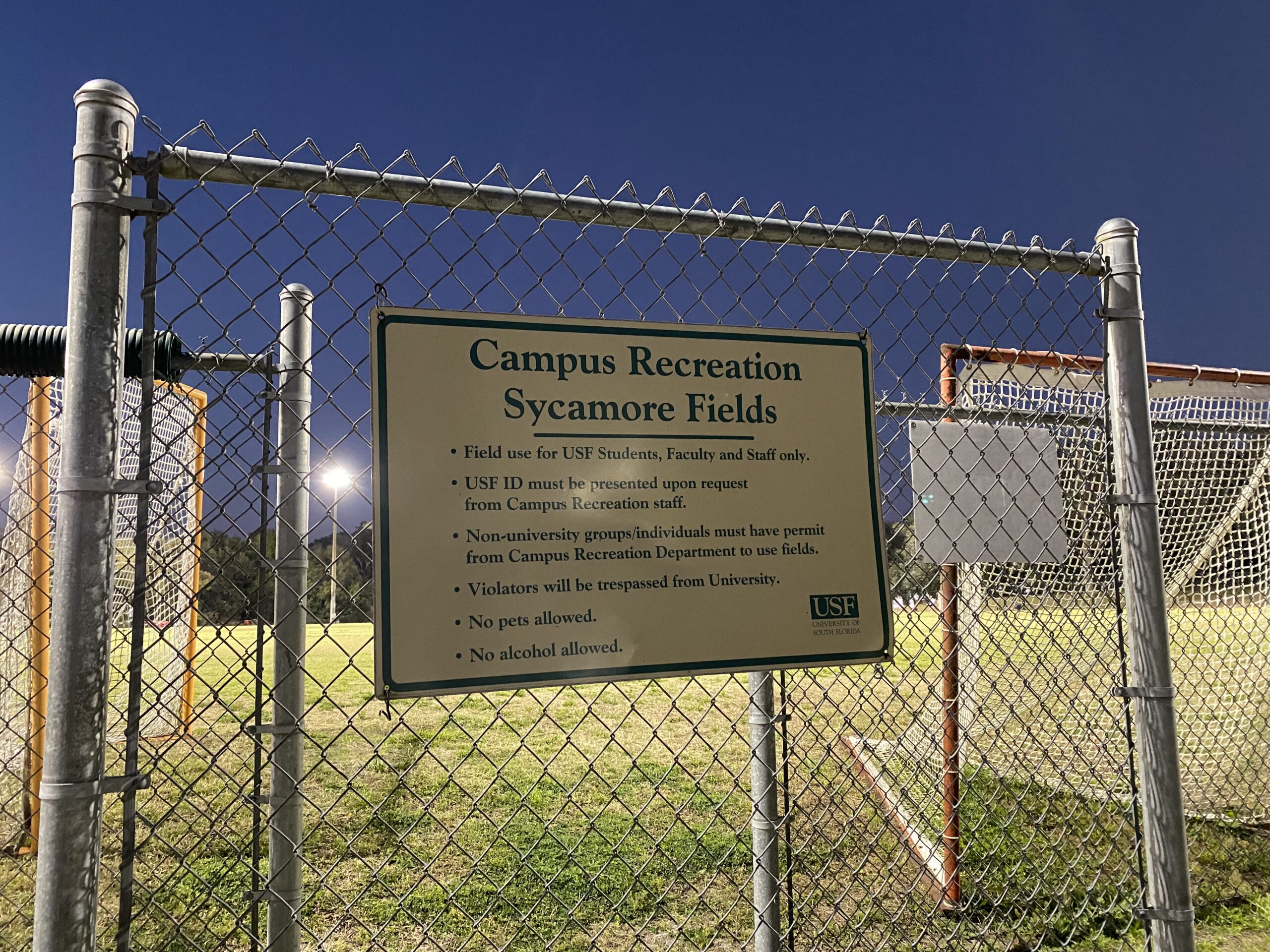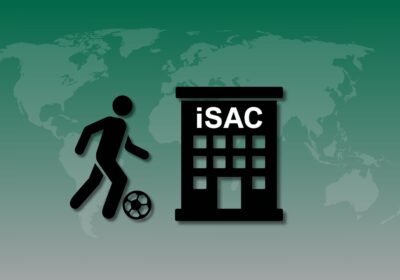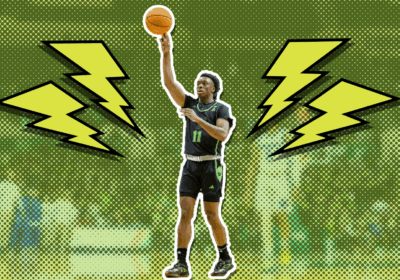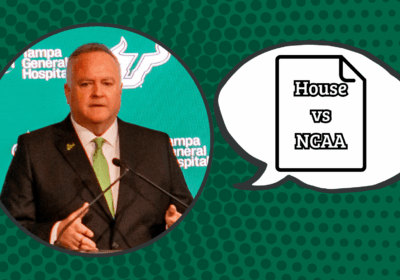Sycamore Fields to be recommended as stadium location

The on-campus stadium planning committee decided on Sycamore Fields as its recommended site for the facility.
Vice President of Athletics Michael Kelly and Senior Vice President of Advancement and Alumni Affairs Jay Stroman will present the committee’s recommendation to the Board of Trustees (BOT) at Tuesday’s meeting, according to the agenda.
The 27-acre site’s advantages outnumbered those of the other four location options, including the southwest corner of campus near Bruce B. Downs Boulevard and Fowler Avenue, the intramural fields near Juniper-Poplar, the Museum of Science and Industry (MOSI) site and Fowler Fields.
Sycamore Fields’ proximity to student housing, parking and other USF Athletics buildings topped the list of pros to build the stadium there.
The facility would be located west of Sycamore Drive and span the length of the field. Based on the plan shown in the agenda, the USF religious organizations’ buildings located along Sycamore Drive would remain.
The only disadvantages listed in the agenda were that it is not a prominent location and building a stadium at Sycamore would require recreation fields to be relocated.
Tuesday’s presentation to the BOT will only be a recommendation, but a location must be finalized by July, Kelly said in a January interview with The Oracle.
Other locations, such as Fowler and Magnolia Fields, were concluded to not be feasible due to their size.
However, Fowler had the second most advantages listed, including its proximity to the USF Athletics district and major roads as well as its prominent location on campus. The 20-acre land was deemed too small and could not accommodate future expansion, though. USF Alumni Drive would also be impacted as a stadium would need to be built over it.
The other intramural fields that were in consideration — Magnolia — were also said to be too small. While close to student housing and existing parking, the agenda showed that the 22-acre land is far from other USF facilities and Athletics, not in a prominent location and would require relocation of the fields.
The 34-acre open site in the southwest corner of campus was highly considered and had the second most advantages listed in the agenda.
It was considered to be in a prominent location, near major roads and could accommodate possible future expansion. However, the committee concluded it was “not willing to encroach or limit USF Research Park or USF Botanical Gardens.”
The only location that was in consideration outside USF’s borders was MOSI.
Located across Fowler Avenue from Fowler Fields, MOSI takes up 26 acres of land and is near two major roads. The committee said it is in a prominent location, but the need to acquire and prepare the land, including demolishing the current MOSI building, makes it not a feasible location.
Project planning would go until the end of 2022 or 2023, depending on the intended completion date. Kelly said the design phase could last anywhere from 18 months to two years.
He anticipated completion by fall 2026, but according to the agenda, it could be 2027 depending on how long the project planning and design phases take.
Funding for the stadium would come from revenue bond financing, philanthropy as well as other sources, according to the agenda. For the type of stadium Kelly has in mind to meet the university’s needs, he said he expects it to be between $150 to $300 million. Whether or not there will be a student contribution has yet to be confirmed.
To tailor to student and different departments’ needs, the stadium will likely have multiple uses other than home games.







